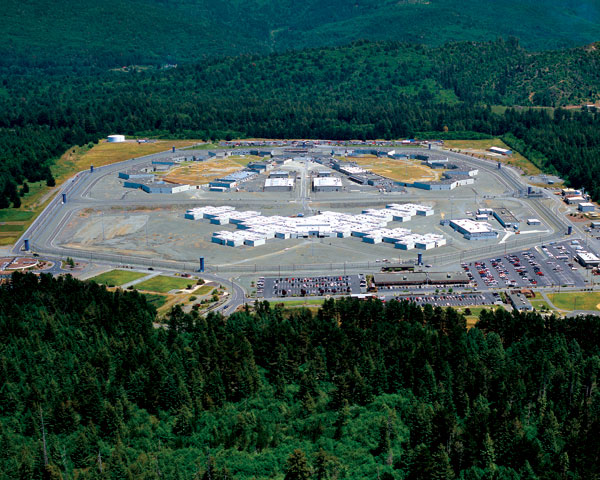
We are facing a crisis in America. The crisis is largely hidden from view, but like a cancer, it threatens the very health of society. We have become a superpower of incarceration. Today we warehouse 2.2 million inmates according to the most recent U.S. Bureau of Justice Statistics report.
That’s more than the entire population of Houston. More than two-thirds that of Chicago.
China, with more than four times the U.S. population, is a distant second with 1.5 million inmates. The United States imprisons 760 people per 100,000. The number for France is 96, Germany 90, and Japan 63. As an NAACP advertisement points out, we are 5 percent of the world’s population and we house 25 percent of the world’s prisoners.
How did we get here? Between 1925 and 1972, our state inmate population increased 105 percent—roughly proportionate to the country’s overall growth. Since 1973, when stiffer sentencing came in—particularly the so-called Rockefeller drug laws providing lengthy minimum sentences for possession of small quantities of banned substances—the number of prisoners has increased more than 700 percent. That’s about 14 times the country’s overall growth.
The costs are staggering. In a survey of 40 participating states, the Vera Institute of Justice concluded that U.S. taxpayers were shouldering an annual bill of $39 billion. And that’s just the direct costs. Indirect costs, which tend to be carried by government agencies other than corrections departments, are incalculable.
“The system is so skewed,” laments Bob DeSena, executive director of Council For Unity, an anti-gang initiative headquartered in New York City. “As a society we are completely focused on punishment. People are willing to spend hundreds of thousands on incarceration, but they don’t want to spend a few dollars on programs that are proven to prevent them from becoming criminals in the first place.”
What to do with criminals—what warrants imprisonment, for how long, and how to reintegrate released men and women—is one of society’s most difficult challenges. In modern times, the great philosophical debate has been whether the mission is to reform or to punish. And possibly no society has cycled quite so widely between the two extremes as America.
The prison reform movement started more than 200 years ago, in the throes of the Industrial Revolution when a surge in the urban population came with a steep rise in crime. At the time, jail was little more than a means of segregating malefactors from the rest of the population. Perpetrators who weren’t killed outright (Pennsylvania, the first state to outlaw capital punishment for theft, didn’t do so until 1786) were dealt with harshly, confined in dungeons or tawdry, violent, and often disease-ridden jails.
One early attempt at reform was nearly as harsh as the system it replaced. New York’s Auburn Prison, built in 1816, was governed by the then-radical notion that prisoners were capable of change. Hence, prisoners were put to work, and community activity was encouraged during the day. But strict silence was enforced at all times, and prisoners were isolated in solitary confinement at night. Prisoners who so much as broke the silence were flogged or hung by their wrists or had their heads locked in iron cages.
Become a Saturday Evening Post member and enjoy unlimited access. Subscribe now



